Winner of the 2014 Ryan R. Gibbs Award for Photography Selected by Jesse Morgan Barnett
Liu’s photographs have a surplus of vacancy. The residue of de-installation, coupled with a transitional subject matter, add to the obscurity in the viewing cycle. The editing process, inherent in photography, seems to be a strength for Liu. I enjoyed the movement of this body of work, largely due to tension of absence and presence, visible and invisible.
Liu’s limited interest in repetition is primarily demonstrated as a surface landscape, which re-emerges with every subtraction. I encounter flaneurie in Liu’s work, marked by anniversaries of a footprint. The nuances found in blackboard erasure, the aging colorization occurring in old books, and the dust collected on screens all seem to mark an emphasis on the elsewhere associated with the photographic. Yes, the images focus on surfaces rather than space, however, topographical perspectives of push pin holes on wallpaper reference time passing out on the periphery, easily overlooked.
-Jesse Morgan Barnett

Classroom, New York, 2013
Artist Statement: This series of pictures are about the “presence of absence.” People think photography is out of the control of humans, that the pictures they make are the precise reproduction of nature. Although with the coming of the digital era, people don’t trust photography’s objectiveness like earlier times, it is still a most common and powerful way to convey visual information. We are in the epoch of images, but people do not think about what these pictures mean. So I got the idea of using pictures – a visualized way to deliver information – to represent the concept of “divisualizing.” In all these pictures, there was something that used to be there but it is not there anymore. The absent things are that people usually familiar with, like the video on a projection, the words on a green board, William Turner’s painting in the museum, etc. For some reason they are gone, but they leave behind some kind of “traces” that allow people to imagine what should be there. These pictures are also concerned with time. The traces of things are etched by time, with the flow of time. Finally the original thing will thoroughly disappear; all we can find is the trace it left behind. The evidence of the presence would be stronger and stronger. This is what Jacques Derrida said in his book Of Grammatology: the signifier became the signified, the sign became the real, the absence became the presence, and then the new reality was born.
— Zhangbolong Liu
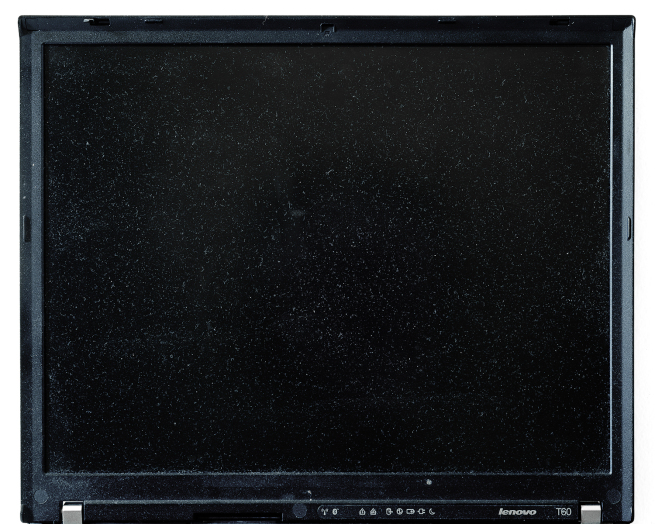
Bedroom, New York, 2013
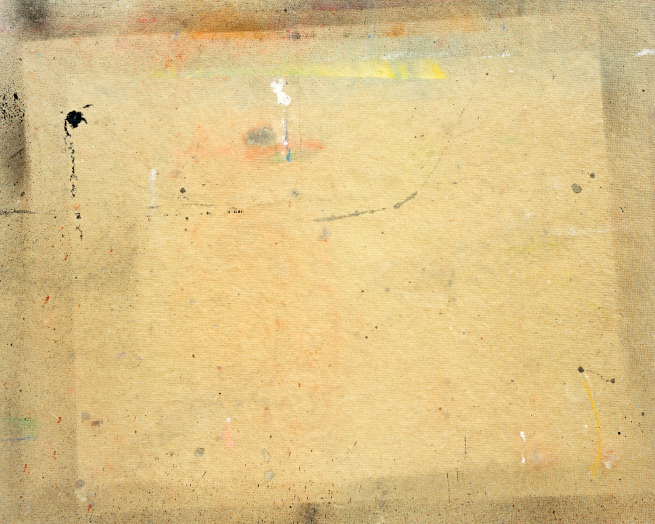
Studio, New York, 2013
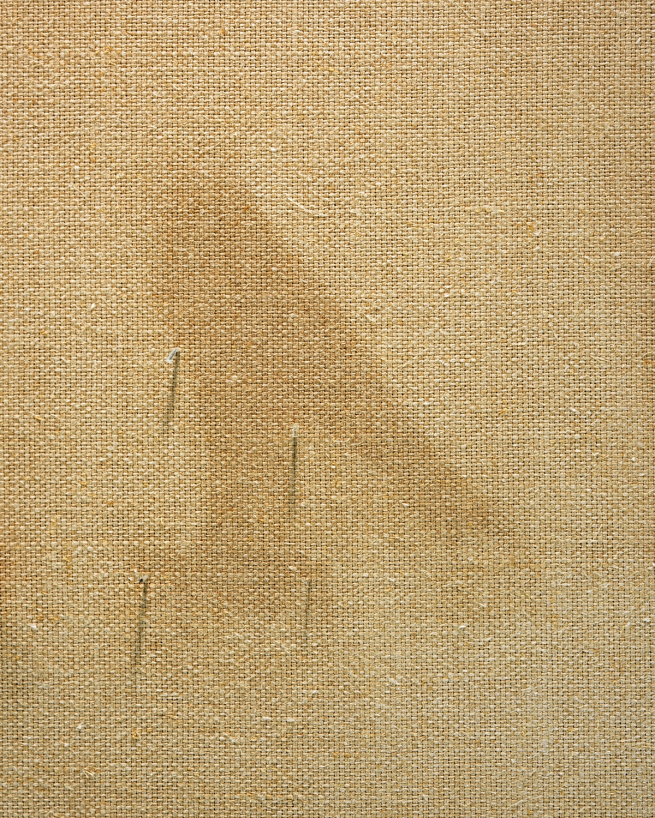
Metropolitan Museum of Art, New York, 2013
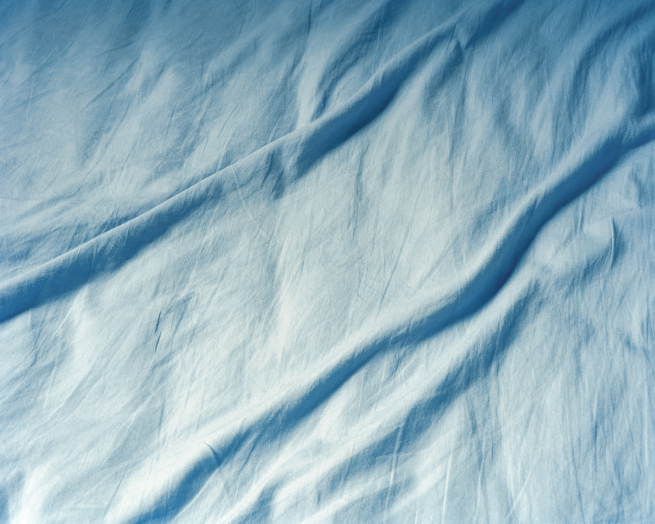
Bedroom, New York, 2013
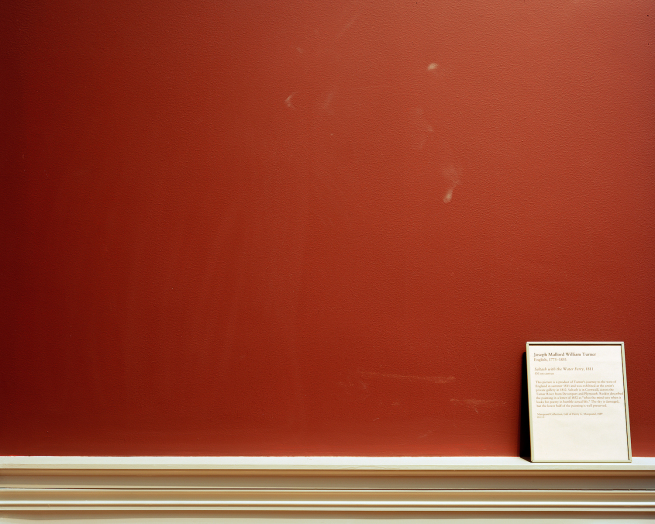
Metropolitan Museum of Art, New York, 2013
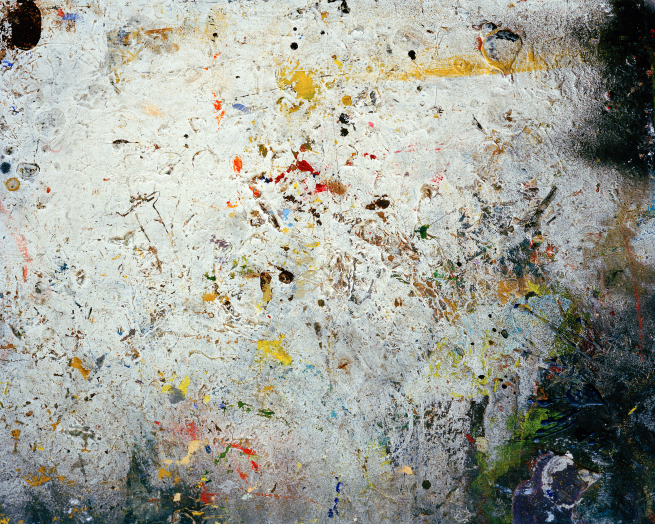
Studio, New York, 2013

Restroom, New York, 2013